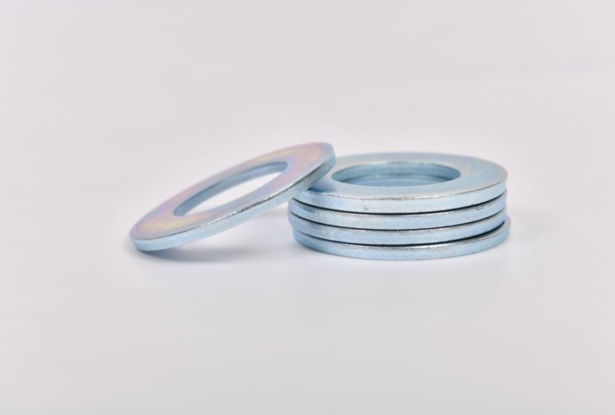Tips for Attaching Drywall to Metal Studs with Screws
Screw Drywall to Metal Studs A Comprehensive Guide
When it comes to modern construction and interior design, drywall has become a popular choice for creating interior walls and ceilings. Its ease of installation and affordability make it a go-to material for many builders and DIY enthusiasts. However, one crucial aspect of the drywall installation process is attaching it securely to metal studs. While this task may seem straightforward, it requires careful consideration and the right techniques for optimal results.
Understanding Metal Studs
Metal studs have gained popularity in recent years due to their durability, lightweight nature, and resistance to many of the issues associated with traditional wood studs, such as warping and insect infestation. Metal studs are typically made from galvanized steel and come in various sizes, making them suitable for both commercial and residential projects.
Unlike wood, metal studs do not absorb moisture, which makes them ideal for environments where humidity might be a concern, such as basements or bathrooms. However, attaching drywall to metal studs differs from using wooden ones, primarily due to their structural properties and the types of fasteners used.
Tools and Materials Needed
Before you begin the process of screwing drywall to metal studs, it's essential to gather the necessary tools and materials
1. Drywall Sheets Standard 1/2-inch or 5/8-inch drywall panels. 2. Drywall Screws Use self-tapping drywall screws that are specifically designed for metal studs. Typically, a 1-1/4-inch or 1-5/8-inch screw will suffice, depending on the thickness of your drywall. 3. Power Drill or Screw Gun A power drill with a clutch setting is ideal for controlling the depth of the screws. 4. Drywall Knife For cutting drywall sheets. 5. Measuring Tape To measure and cut drywall accurately. 6. Level To ensure that your drywall is installed straight and level. 7. Safety Gear Gloves, goggles, and a dust mask to protect yourself during the installation process.
Step-by-Step Installation Process
screw drywall to metal studs quotes

1. Prepare the Area Begin by measuring the height and width of the wall where you’ll be installing the drywall. Cut your drywall sheets to fit, allowing for any outlets or fixtures.
2. Position the Drywall Sheets Secure the first sheet against the metal studs, ensuring it fits tightly and is aligned with the edges of the studs. Use a level to check that it is straight.
3. Start Screwing Using your power drill or screw gun, drive the drywall screws into the metal studs every 12 to 16 inches along the edges and every 16 inches in the field (the middle areas of the drywall sheet). Ensure that the screws are slightly recessed below the surface of the drywall without breaking the paper surface.
4. Continue Installing Additional Sheets Repeat the process for each drywall sheet, ensuring that the seams between the sheets are staggered for added strength. This means that you should not align the edges of adjacent drywall sheets.
5. Finish the Joints Once all sheets are installed, you will need to tape and apply joint compound to the seams, using a drywall knife to create a smooth, even finish. Allow it to dry completely, then sand it down for an even surface before painting.
Tips for Success
- Pre-drilling If you're having issues with screws stripping or bending, consider pre-drilling holes for your screws. - Screw Gun Setting If using a screw gun, adjust the depth setting to avoid overdriving screws, which can damage the drywall. - Stud Finder If you're unsure of the location of the studs, using a stud finder can help locate them quickly.
Conclusion
Attaching drywall to metal studs is a skill that, with the right tools, materials, and techniques, can be mastered by anyone. This method not only enhances the structural integrity of your walls but also provides a durable and smooth surface for finishing. Whether you’re a seasoned contractor or a weekend DIYer, understanding the nuances of this process will ensure your project is executed flawlessly.
-
Top Choices for Plasterboard FixingNewsDec.26,2024
-
The Versatility of Specialty WashersNewsDec.26,2024
-
Secure Your ProjectsNewsDec.26,2024
-
Essential Screws for Chipboard Flooring ProjectsNewsDec.26,2024
-
Choosing the Right Drywall ScrewsNewsDec.26,2024
-
Black Phosphate Screws for Superior PerformanceNewsDec.26,2024
-
The Versatile Choice of Nylon Flat Washers for Your NeedsNewsDec.18,2024










